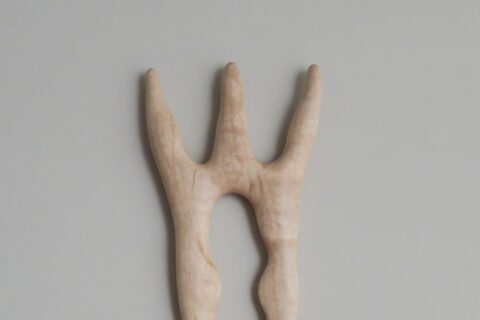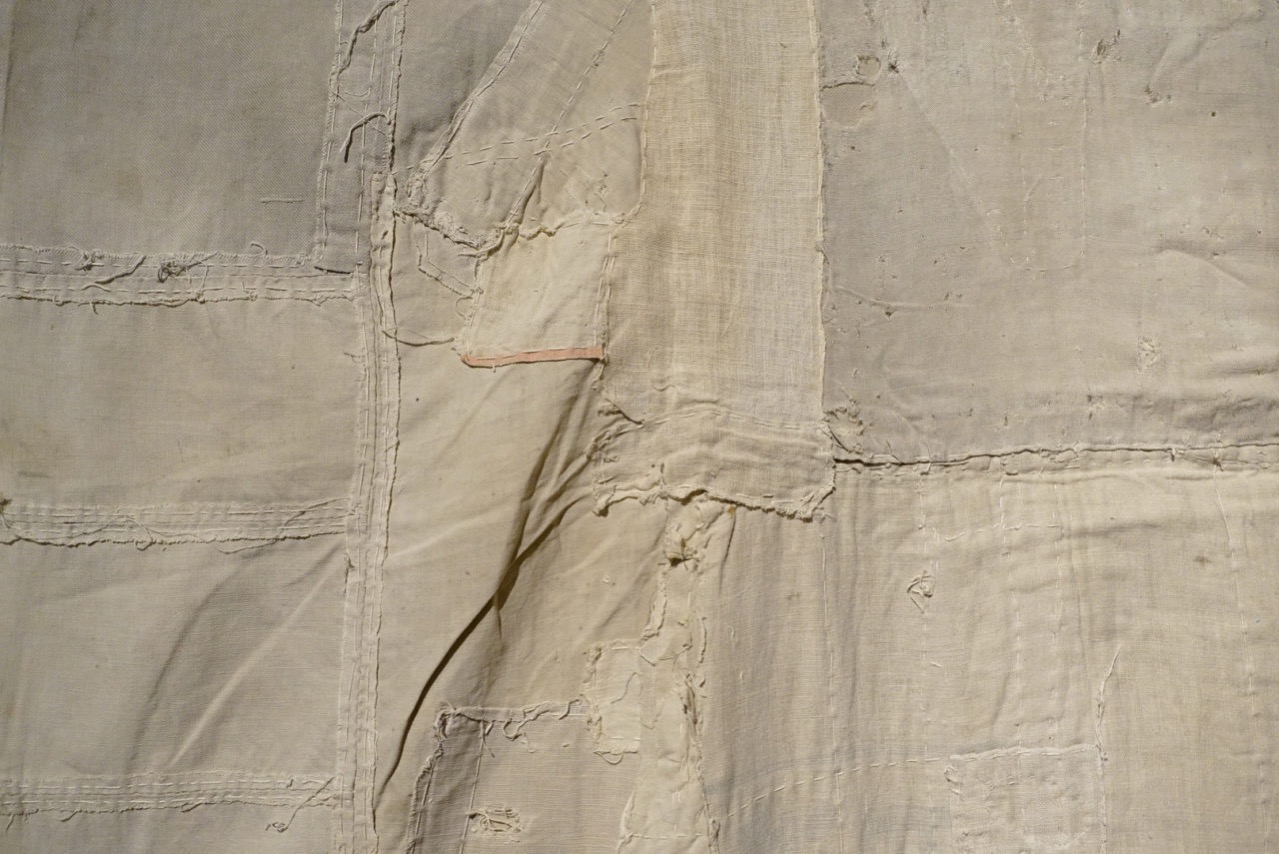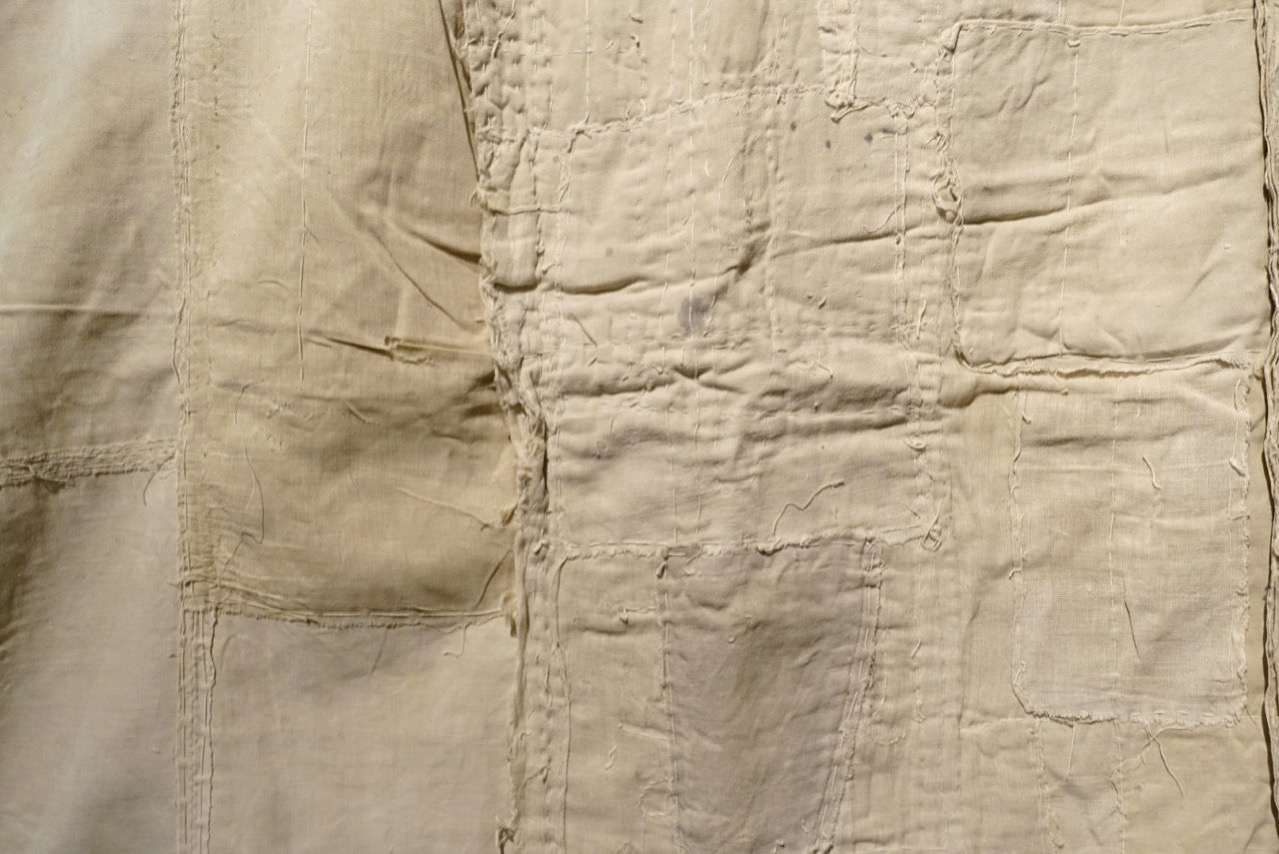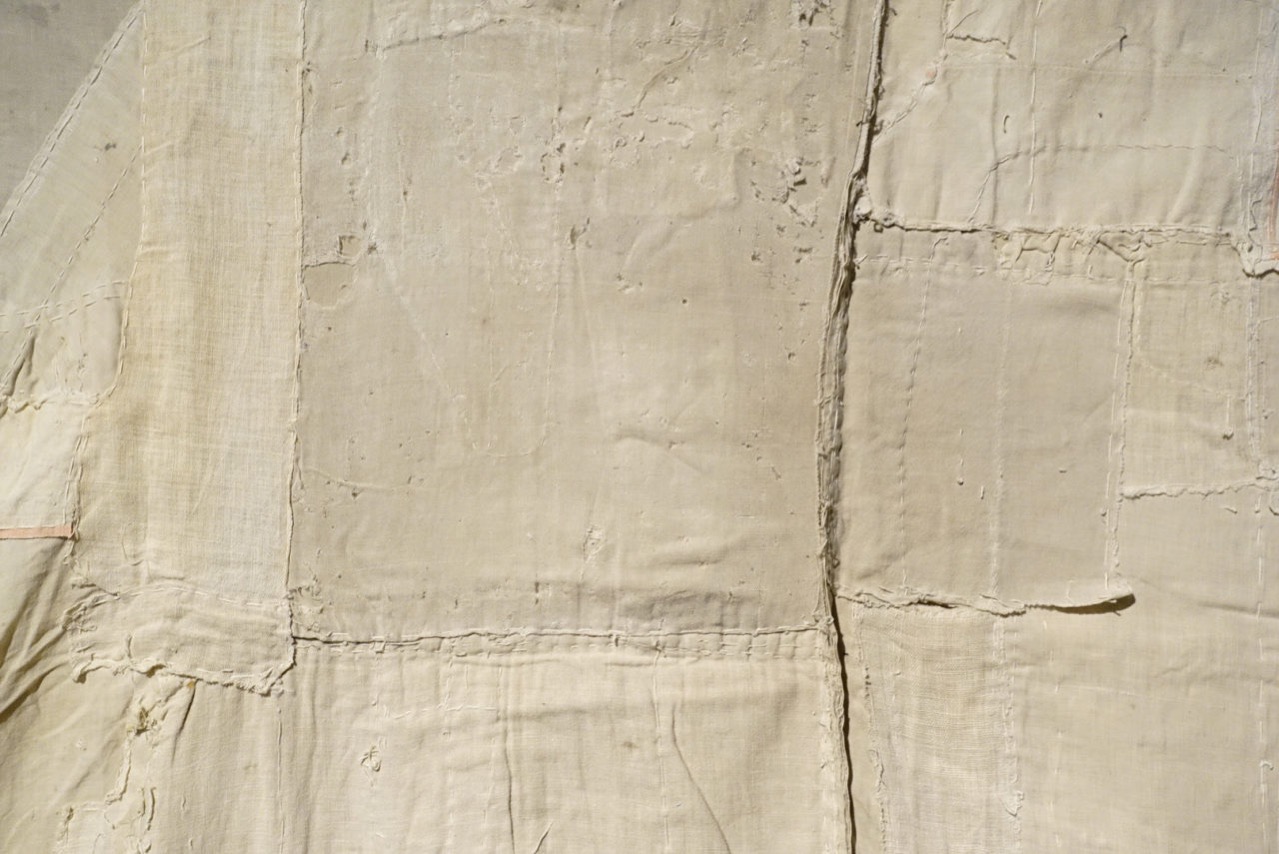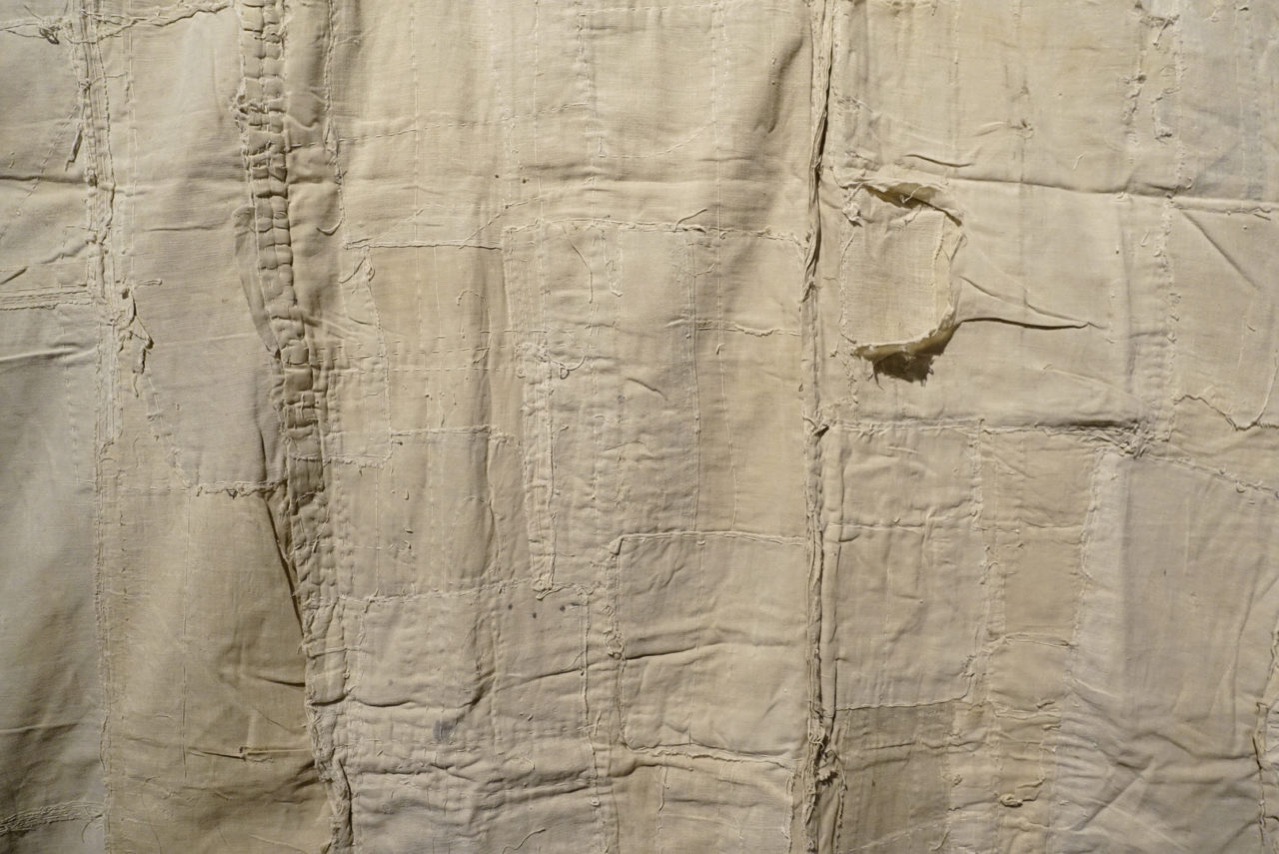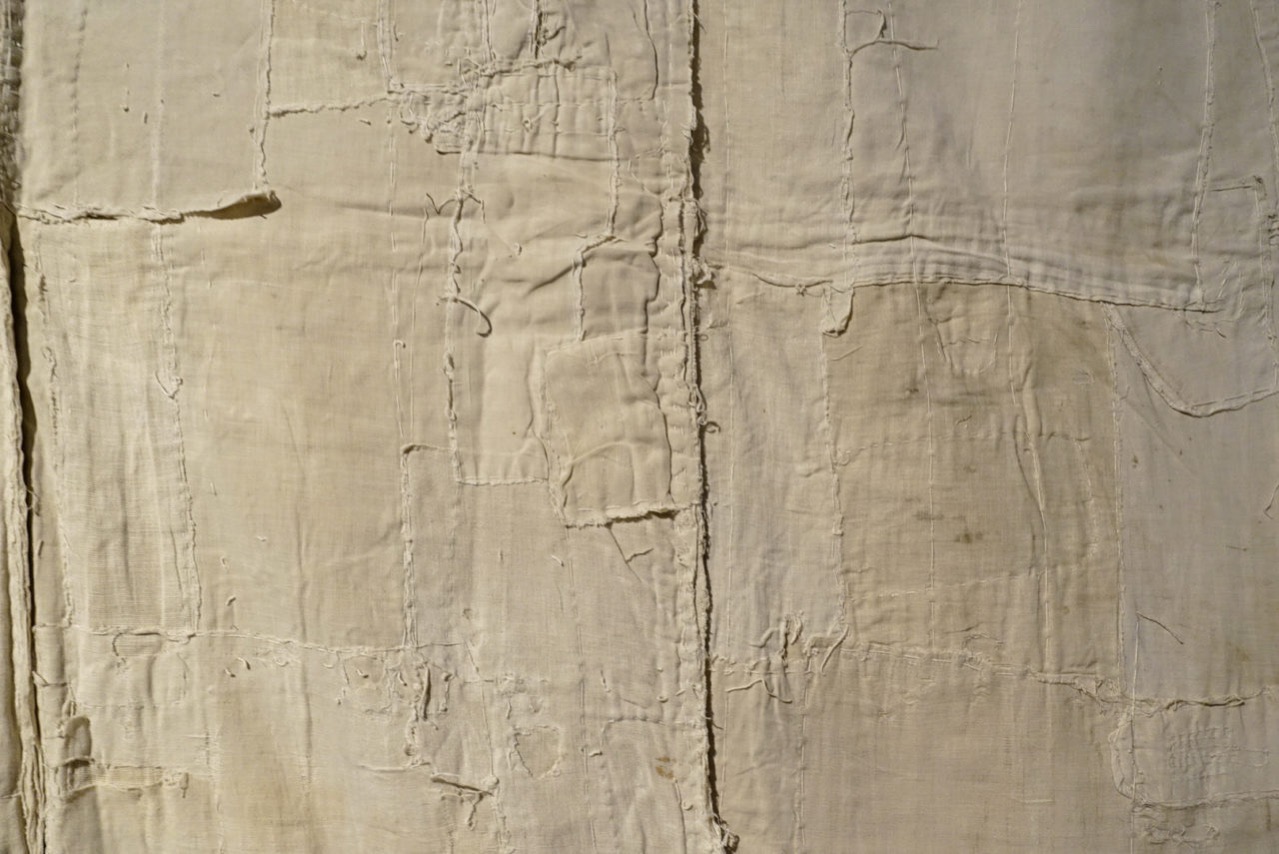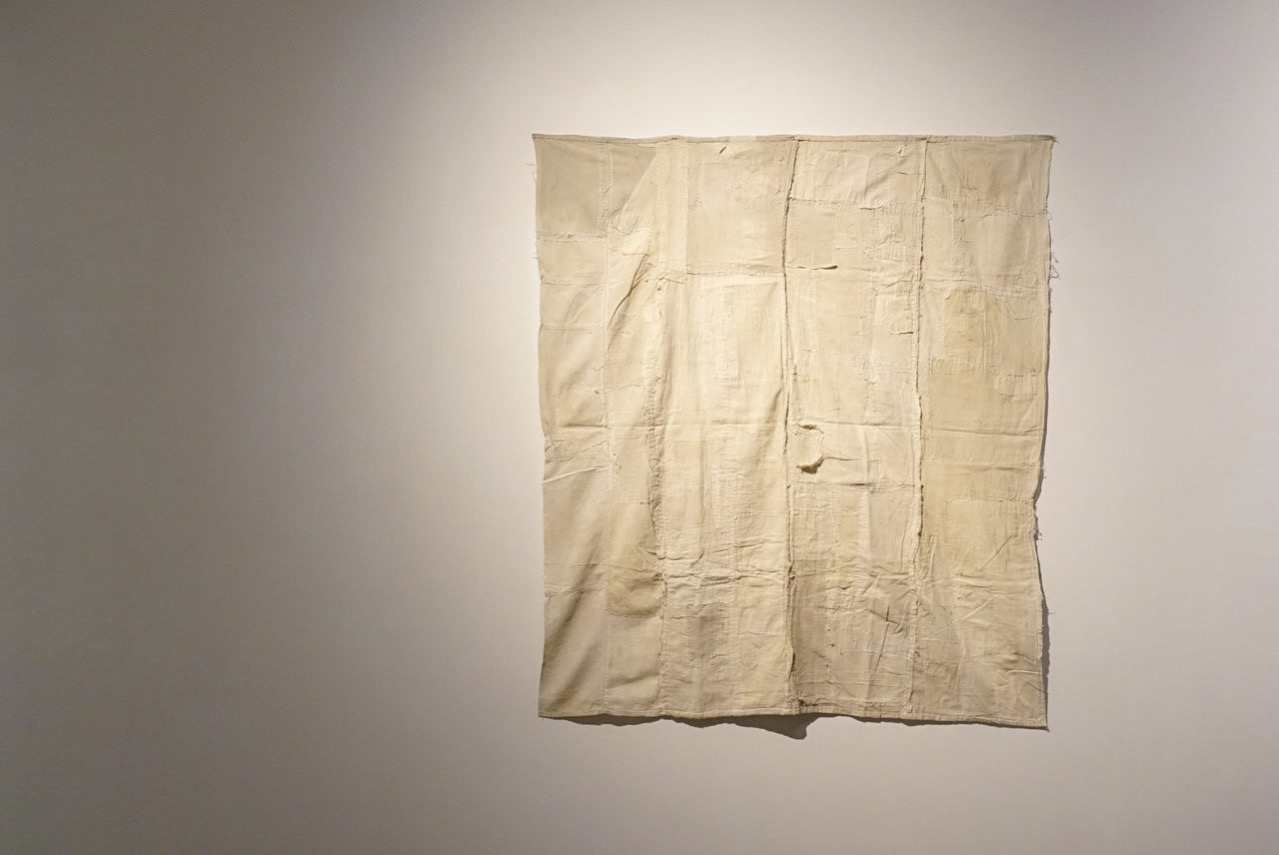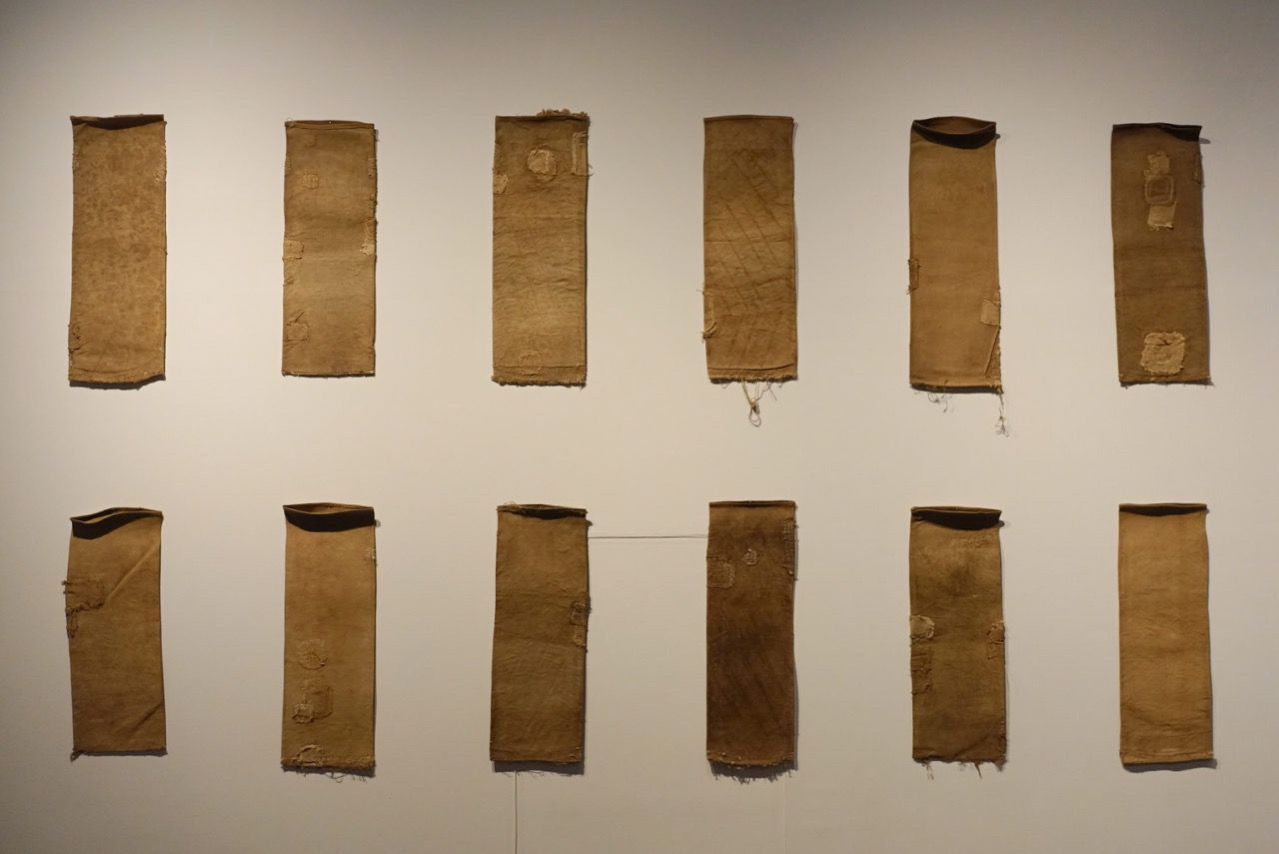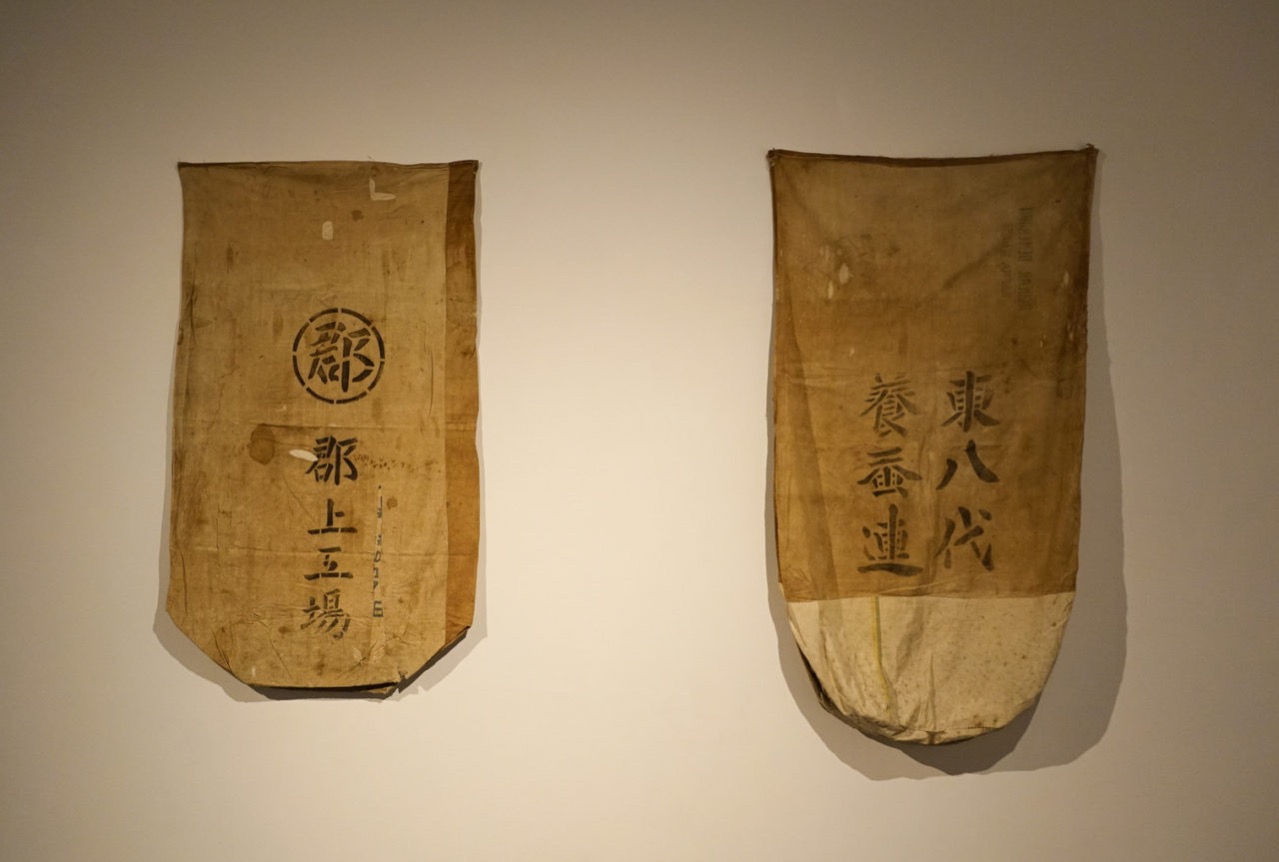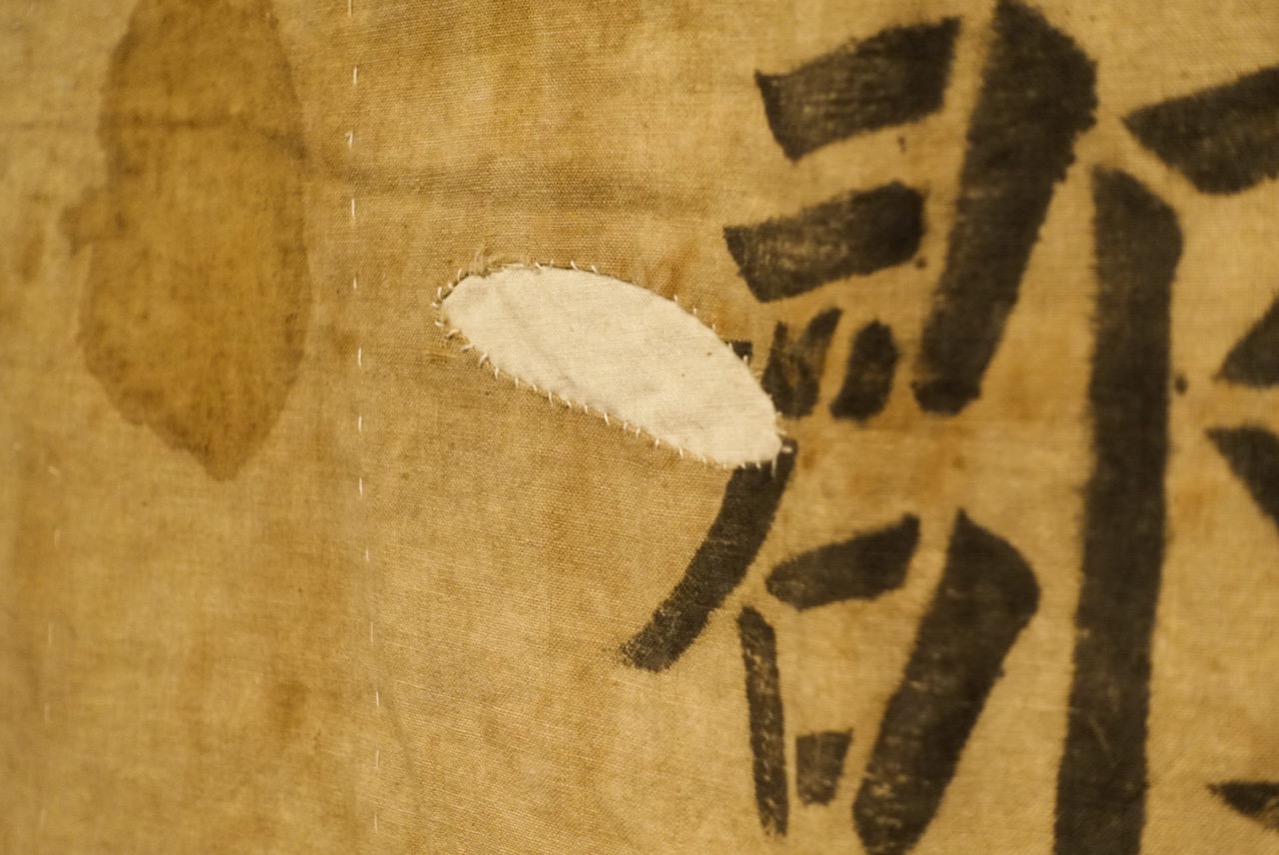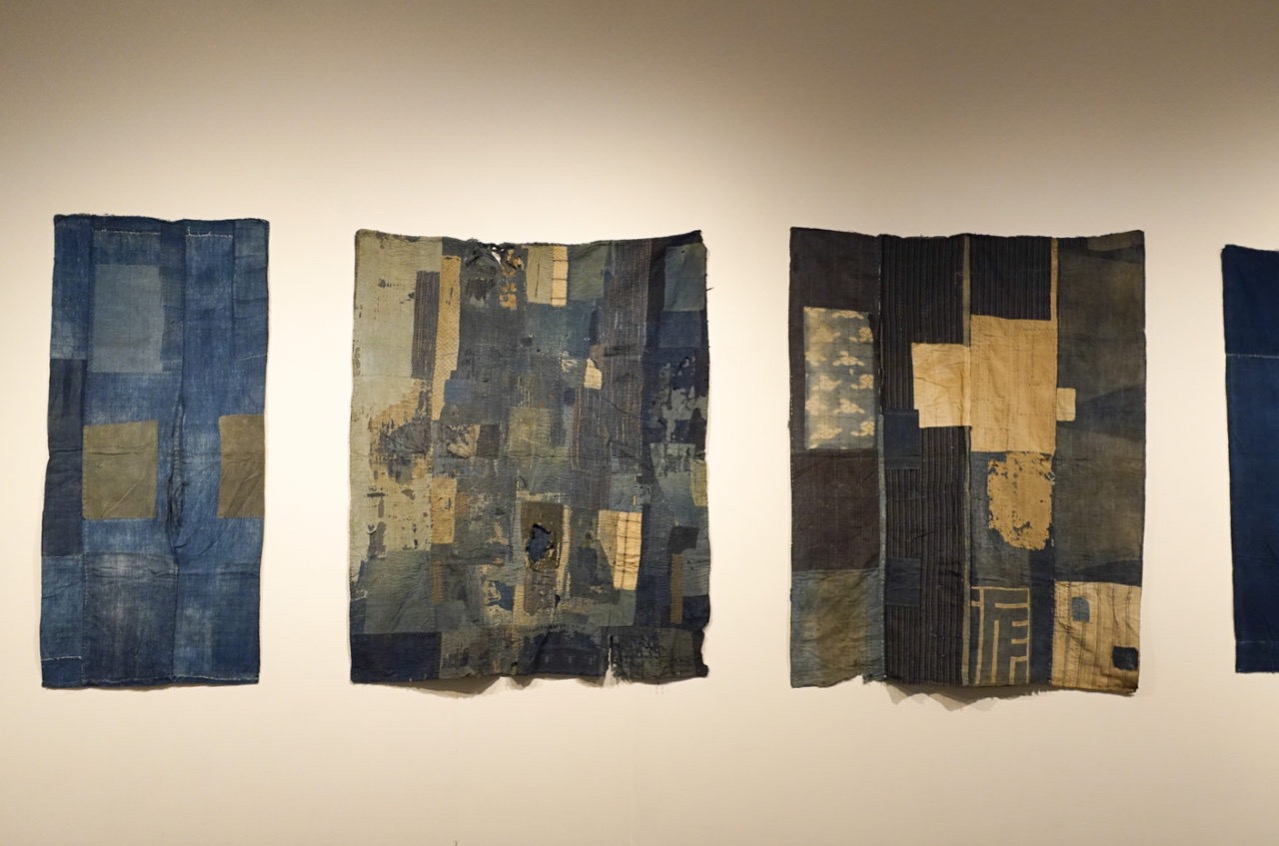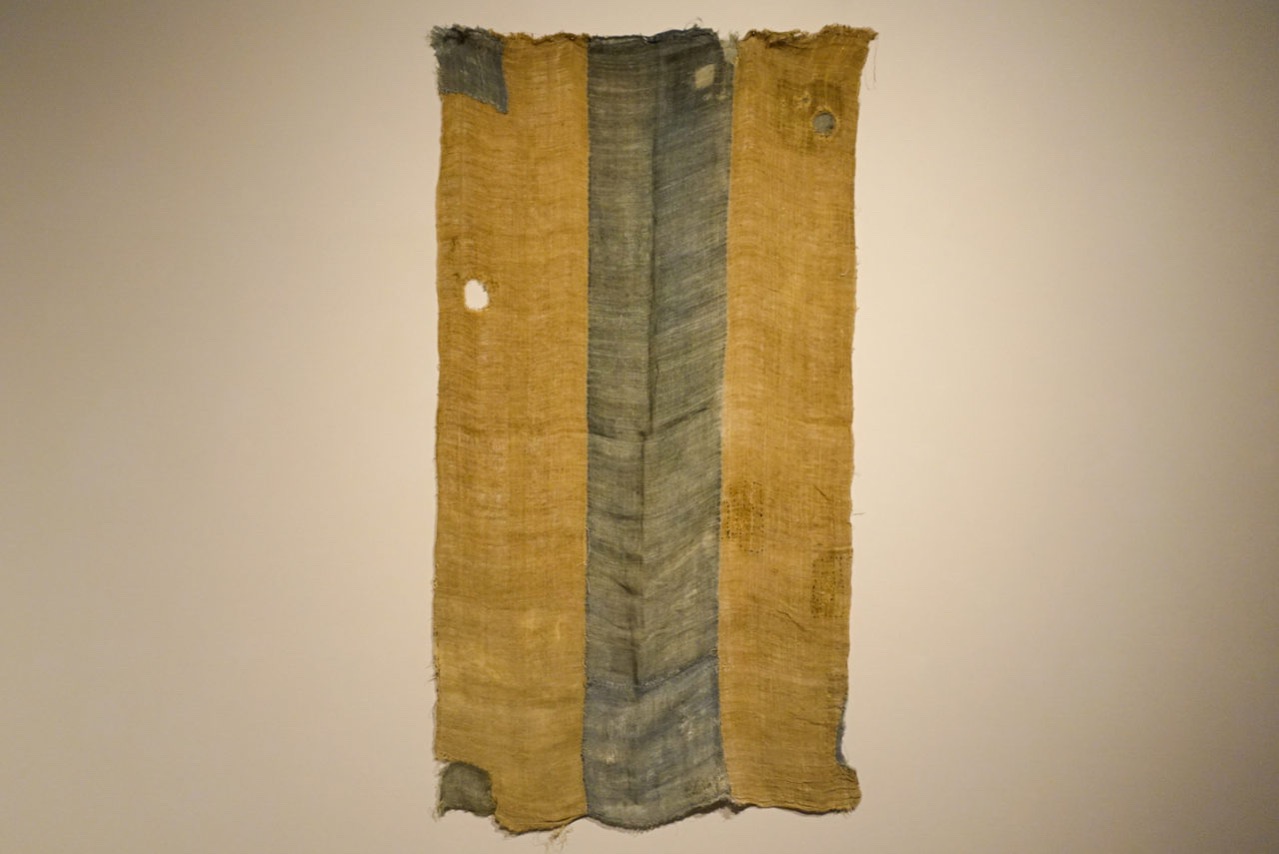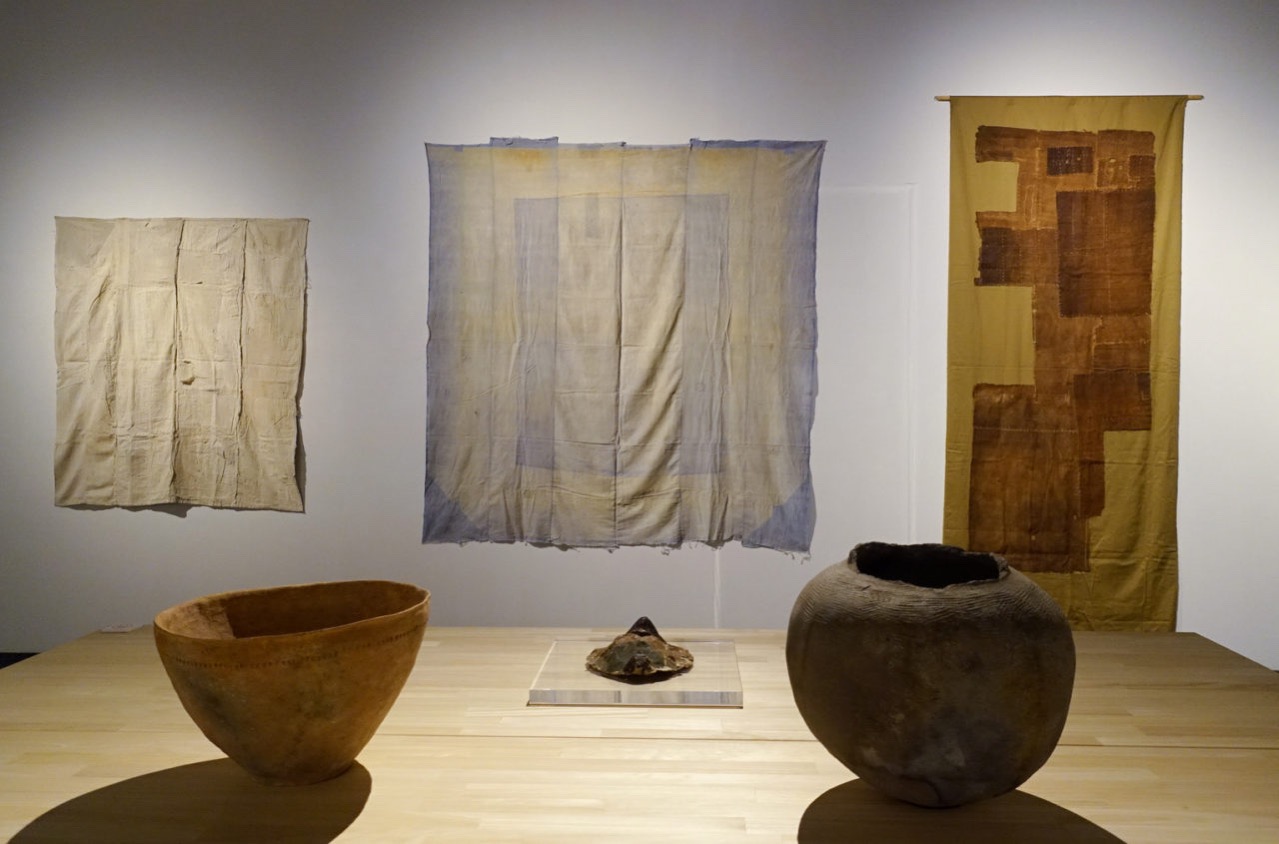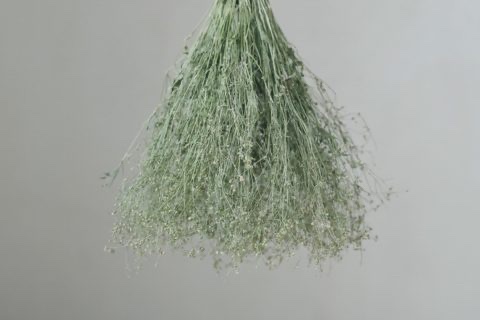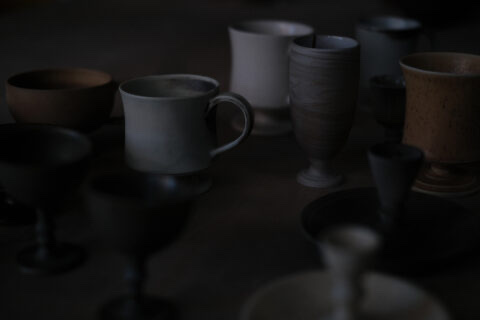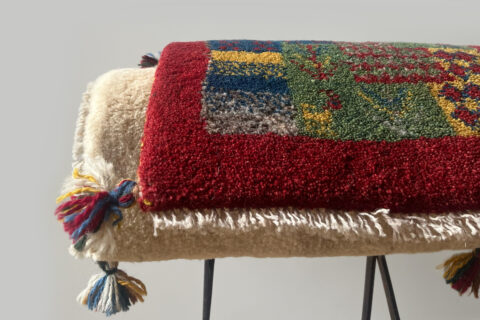在多摩美術館的坂田和實選物展「古布:無名之妙」(Anonymous Charm from Old Cloth: Collected Esthetics by Kazumi Sakata)裡,我於這塊白布前呆站了好久。我對它幾乎一無所知,這個展覽對展品沒有任何說明,觀展沒有使我對之有更深的了解,卻正因此,我的內心有更多的餘裕與它相對。以細碎的布料、粗拙的縫紉技術拼湊而成的這塊白布,每一個方寸都有著不同的表情。我彷彿得撫得到製作者在縫製時的千頭萬緒,並深深被它打動。
「我們一向被教育,創作者的名字、歷史價值、技術的精湛與否,都是評價物品的基準,然而,這些跟『美』其實沒多少關係的。」坂田和實在一次與美術家毛利悠子的對談中,談到如何定義物件的價值時這樣說。
When visiting Tama Art University Museum for their Anonymous Charm from Old Cloth: Collected Esthetics by Kazumi Sakata exhibition, I was deeply attracted by a piece of white cloth. I knew nothing at all about the story behind it, as there is no description provided by the exhibition. With no available means to understand the piece better, I somehow acquired the peace of mind to honestly try to feel its company. This piece of white cloth, which is basically stitched together by a collage of finely shattered fabric, is showing different faces with its every inch. I started to get mesmerized by the plethora of thoughts the maker put into the production of this sewed piece.
“We’ve always been taught to judge the value of an artwork based on the name of the artist, as well as the historical and technical aspects of it. However, these aspects do not tell much about the aesthetic value of the work,” Sakata said in a dialogue with the artist Yuko Mohri on how to judge the value of an artwork.
坂田和實於1973年,在東京的目白,開設了「古道具坂田」,2006年,又在千葉縣的山上,開設了一家小美術館Museum As It is。美術館每年均有半年的時間,就著不同的主題展出坂田和實的藏品。說到舊物的藏品,大概會立時想到高價而富歷史價值的物品,但坂田和實在古道具坂田及Museum As It is中展示的,更多日常生活相關的工具。例如以棉布造成,經過柿染處理濾酒布袋、東北地區農家穿著的破布衣、瓦片、木版印刷的樸克牌,甚至是眾所周知的日本品牌Hario出品的咖啡濾袋——濾袋上深淺不一的棕色,是長年累月由每天的生活染成的,很多人無法洗淨後,便視之為髒將它棄掉,但坂田和實珍而重之地將它放在鎂光燈下。
Sakata founded the Mon Sakata antique shop in Mejiro, Tokyo in 1973. In 2006, she opened a mini-art museum called Museum As It Is in the mountain area of Chiba Prefecture. Over half of the time each year, the museum is used on exhibiting Sakata’s personal collection on various themes. Although antiques are generally perceived to be historical objects of high value, what Sakata displays in her shop and museum are mainly utilities related to the daily life of people. To name a few examples, visitors can see a persimmon-dyed cotton wine filter, patchwork clothes worn by farmers from the Tōhoku region, roof tiles, woodblock-printed playing cards, and even a used coffee filter made by the popular Japanese brand Hario. The filter is obviously stained by frequent use, most people would throw it away since it is difficult to wash it clean, but Sakata sees it as a little treasure that is worth to be displayed under a spotlight.
「古布:無名之妙」的展品以坂田和實收藏的日本古布為主,另外也有來自法國、秘魯等的手繪布、宗教相關的布藝作品。除了一塊來自韓國的褓外,它們大部分都是不完整的,有些褪了色,有些破損了;有些的破損被閒置了,有些則被修補;有些修補得小心翼翼,有些則異常粗疏。古布狀態各異,坂田和實都能在當中看出美與趣味來。
「人們只能捕捉到自己的感性範圍以內的美。故此,我們得享受生活、接受刺激,在不斷被左右間,好好地培育自己的感性。若擁有柔軟內心,不管是孩子或成熟的大人,定能在身邊,那些看來乏善可陳的事物之中發現美。」坂田和實在展覽引言中說。
願我們都擁有柔軟的內心,在焦頭爛額的日子裡,感受到光與溫度。
The Anonymous Charm from Old Cloth exhibition focuses mainly on old cloths collected by Kazumi Sakata from Japan, but exhibits alongside hand-painted cloths from France, Peru and other countries, as well as fabric art that served religious purposes. Apart from the Korean bojagi cloth, all other fabrics showcased in the exhibition are no longer in a complete piece, some of them have faded color, some of them are torn. Some of the torn parts were neglected by the owners, while some others were mended; some were mended with care, while the others were mended carelessly. Regardless of their shapes and condition, Sakata can always recognize the beauty and uniqueness of the old cloths.
“People are only capable of recognizing the beauty within their sensibility. Therefore we should enjoy life and embrace challenges, so as to nurture our sensibility along the process of being constantly affected by external forces. With a tender heart, both children and adults can recognize beauty from the seemingly boring things that we come across in our ordinary lives,” writes Sakata in her exhibition preface.
I wish we could all retain our tender hearts, so even on the toughest day, we can sense the grace in brightness and warmth.
